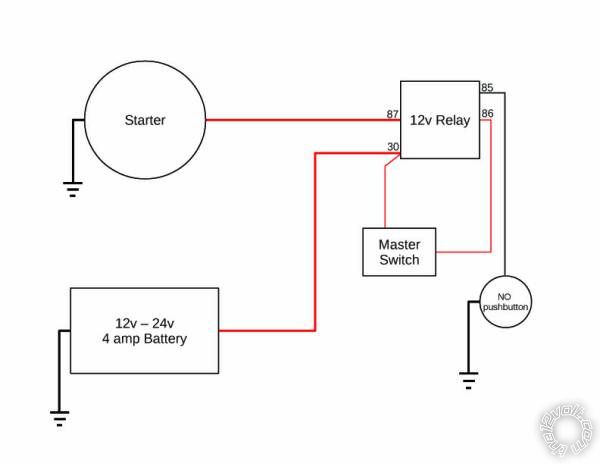Posted: February 03, 2013 at 1:16 PM / IP Logged
Posted: February 03, 2013 at 1:42 PM / IP Logged
Posted: February 03, 2013 at 2:12 PM / IP Logged
Posted: February 03, 2013 at 2:21 PM / IP Logged
Posted: February 03, 2013 at 2:33 PM / IP Logged
Posted: February 03, 2013 at 2:36 PM / IP Logged
Posted: February 03, 2013 at 2:44 PM / IP Logged
Posted: February 03, 2013 at 5:30 PM / IP Logged
Posted: February 03, 2013 at 5:53 PM / IP Logged
Posted: February 03, 2013 at 10:34 PM / IP Logged
 Printable version
Printable version


| You cannot post new topics in this forum You cannot reply to topics in this forum You cannot delete your posts in this forum You cannot edit your posts in this forum You cannot create polls in this forum You cannot vote in polls in this forum |

| Search the12volt.com |
Follow the12volt.com 
Sunday, December 14, 2025 • Copyright © 1999-2025 the12volt.com, All Rights Reserved • Privacy Policy & Use of Cookies


Sunday, December 14, 2025 • Copyright © 1999-2025 the12volt.com, All Rights Reserved • Privacy Policy & Use of Cookies
Disclaimer:
*All information on this site ( the12volt.com ) is provided "as is" without any warranty of any kind, either expressed or implied, including but not limited to fitness for a particular use. Any user assumes the entire risk as to the accuracy and use of this information. Please
verify all wire colors and diagrams before applying any information.






 When I went to test this I got smoke ans sparks and a fried battery. I want to be able to set the master switch to on and be able to push the normally open button to energize the starter. I want the push button to not work with the master switch off.
Is my schematic right? I looked at the relay diagrams and just ended up more confused.
Thanks!
When I went to test this I got smoke ans sparks and a fried battery. I want to be able to set the master switch to on and be able to push the normally open button to energize the starter. I want the push button to not work with the master switch off.
Is my schematic right? I looked at the relay diagrams and just ended up more confused.
Thanks!


 (LOL).
If I do, I'll let you know how it smokes.
(LOL).
If I do, I'll let you know how it smokes.